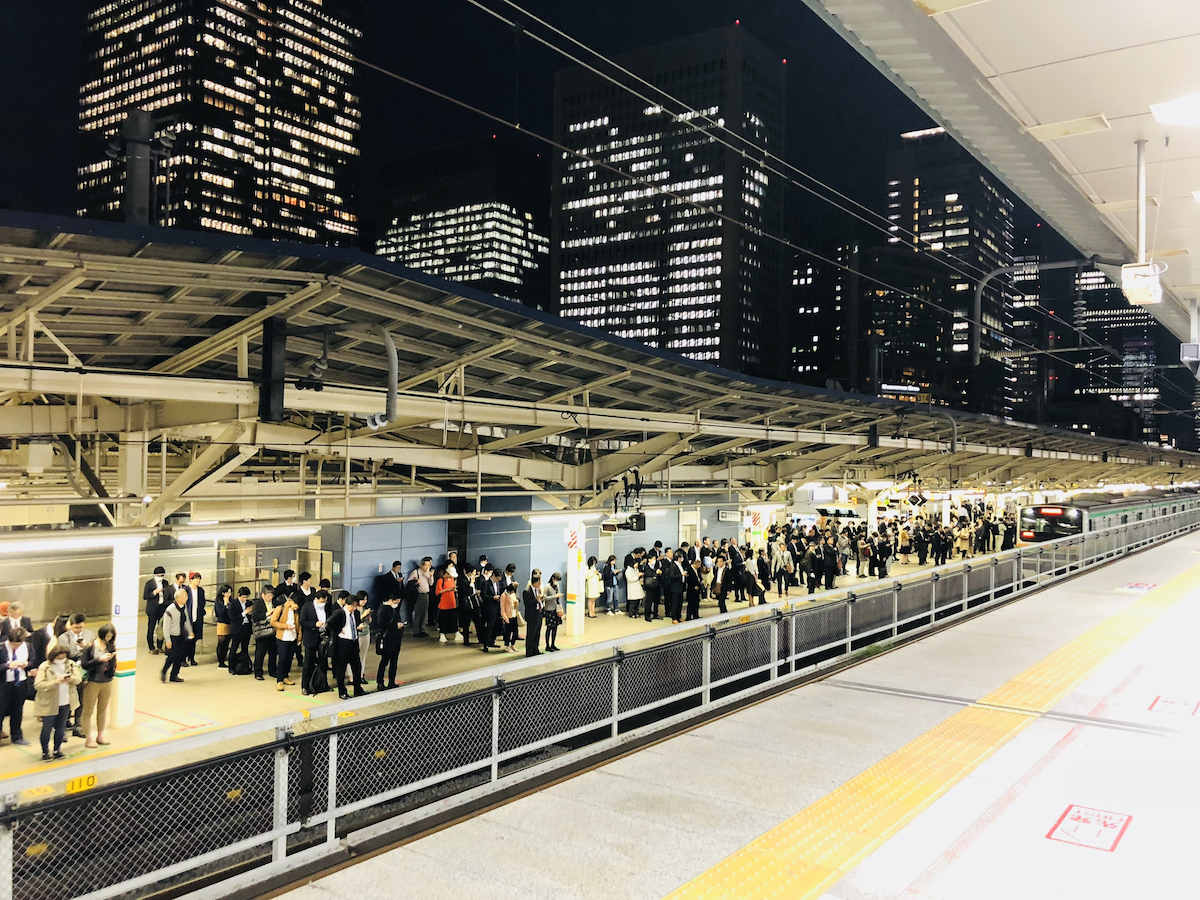Japan is known for its efficient public transportation, but navigating the railway system can be daunting. Since there’s an abundance of information on Tokyo’s railway systems, this guide will focus on general rail travel information for Japan. From the iconic Bullet Train (Shinkansen) to local trains and subways, here’s how you can simplify your rail travel experience.
The section below contains affiliate links, meaning I may earn a small commission if you make a purchase through them, at no extra cost to you. This helps support the blog and allows me to continue providing valuable content. Thank you for your support!
- What are the essentials to prep before traveling to Japan?
- JR Pass or Regional Passes
- IC Cards (Welcome Suica)
- Subway Apps and Maps
- What are the basics to navigating the stations?
- Pay Attention to the Entrances
- Pay Attention to Signage
- Plan Your Journey in Advance
- Travel Off-Peak
What are the essentials to prep before traveling to Japan?
JR Pass or Regional Passes
If your trip involves extensive travel across multiple regions of Japan via rail, consider investing in a JR Pass. Despite the price hike in October 2023, the JR Pass can still save you money. Shinkansen tickets are pricey—a one-way trip from Tokyo to Kyoto is about $100 (as of October 2024). Calculate your travel costs (great blog post with more details here) to decide if a JR Pass or regional alternatives are more budget-friendly. I like to purchase mine through Klook a week or two before my trip. This way, if I plan to start using it immediately, I can exchange my voucher for the actual pass at the airport station to maximize the pass.
IC Cards (Welcome Suica)
If you’re not getting the JR Pass, avoid the hassle of buying individual tickets by getting an IC Card. These days, the Welcome Suica card seems to be the best option, as it doesn’t require a deposit. These rechargeable cards work on most trains, buses, and even at convenience stores. They save time and make the travel process smoother.
Subway Apps and Maps
The navigation apps that have worked best for me while traveling across Japan are Google Maps and JapanTravel by Navitime app. Google Maps is widely used in Japan and provides excellent guidance on directions. However, when using the rail system, I always rely on the JapanTravel app, which offers real-time schedules, platform details, and cost, reducing confusion. It also features a filter for different rail passes, allowing it to suggest the best transportation method based on the pass you’re using.
What are the basics to navigating the stations?
Pay Attention to the Entrances
Whether for JR trains, Shinkansen, or city metros, stations have different ticket and platform areas. Knowing which mode you’re taking and where to enter can save you time and stress. Look out for signs as each mode can also have multiple entrances like Central, East, or West.
Pay Attention to Signage
Most stations now have English signs for station names, platforms, and transfers. Stay alert for these signs, as they make navigation easier.
Plan Your Journey in Advance
Major hubs like Tokyo and Kyoto station are huge and complex. Checking maps, exit numbers, and allowing for enough time between transfers will help for stress-free travel.
Travel Off-Peak
Locals heavily rely on public transportation for their commutes. Local trains are notoriously packed during rush hours (approx. 7.30am-9.30am and 5.30pm-7.30pm), and even Shinkansen trains can get quite crowded. If possible, plan your trips outside these times for a smoother and more comfortable ride. Also, keep an eye out for national holidays like Golden Week, New Year’s, and Obon, when it can also get very busy.
Japan’s railway system may seem overwhelming at first, but with the right tools and knowledge, it becomes one of the most convenient ways to explore the country. Whether you’re racing across regions on the Shinkansen or navigating urban subways, following these tips will ensure a smooth and enjoyable journey.
